On Monday, June 8, I drove seven hours to the Alvord Desert in SE Oregon. Given that this project has only one airframe that cannot be lost (and no resources to replace it), it was an easy decision to make the trip. After waiting for the wind to calm down, I had a window Tuesday afternoon. There were a few technical issues, but the flight was overall successful and GB was in the air for 1 hour, 6 minutes.
The flight was terminated early when an air bubble sensor persistently indicated the presence of air in the header tank fuel feeder line and the wind had increased above 15 knots. The fuel load was small, but should have been sufficient for about 10 hours of flight time. Given that the fixed-wing flight control PID loops had been tuned and autonomous flight modes were working well, I decided to quit while still ahead. I drove home Tuesday night/Wednesday morning and started processing the telemetry data on Wednesday evening.
The flight was terminated early when an air bubble sensor persistently indicated the presence of air in the header tank fuel feeder line and the wind had increased above 15 knots. The fuel load was small, but should have been sufficient for about 10 hours of flight time. Given that the fixed-wing flight control PID loops had been tuned and autonomous flight modes were working well, I decided to quit while still ahead. I drove home Tuesday night/Wednesday morning and started processing the telemetry data on Wednesday evening.
Flight Details:
Takeoff Altitude: 1,224 meters GPS (4,016 feet MSL)
Flight Altitude: 100 meters AGL for most of the flight
Temperature: 27C (80F)
Density Altitude (TO): ~1,920 meters (6,300 feet)
Takeoff Time: 2:18:45 (PDT)
Landing Time: 3:25:25
Airspeed: ~40 knots true. This is faster than the optimum loiter speed for the fuel load, even at this altitude. It was selected for safety because I had not verified the pitot tube calibration at this altitude.
Weather: Calm at takeoff -- timed between the dust devils moving across the desert. About 30 minutes in, wind increased to a steady 15 knots and eventually hit 20 knots. Aircraft was landed in a lull.
Takeoff Altitude: 1,224 meters GPS (4,016 feet MSL)
Flight Altitude: 100 meters AGL for most of the flight
Temperature: 27C (80F)
Density Altitude (TO): ~1,920 meters (6,300 feet)
Takeoff Time: 2:18:45 (PDT)
Landing Time: 3:25:25
Airspeed: ~40 knots true. This is faster than the optimum loiter speed for the fuel load, even at this altitude. It was selected for safety because I had not verified the pitot tube calibration at this altitude.
Weather: Calm at takeoff -- timed between the dust devils moving across the desert. About 30 minutes in, wind increased to a steady 15 knots and eventually hit 20 knots. Aircraft was landed in a lull.
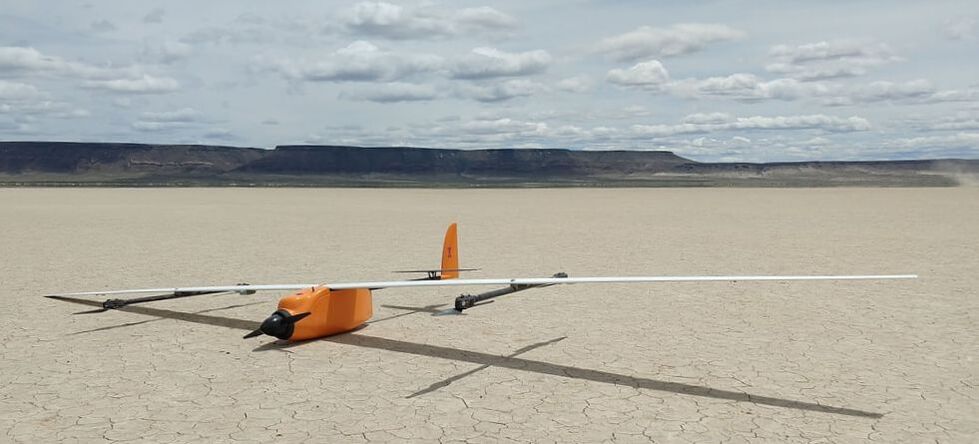
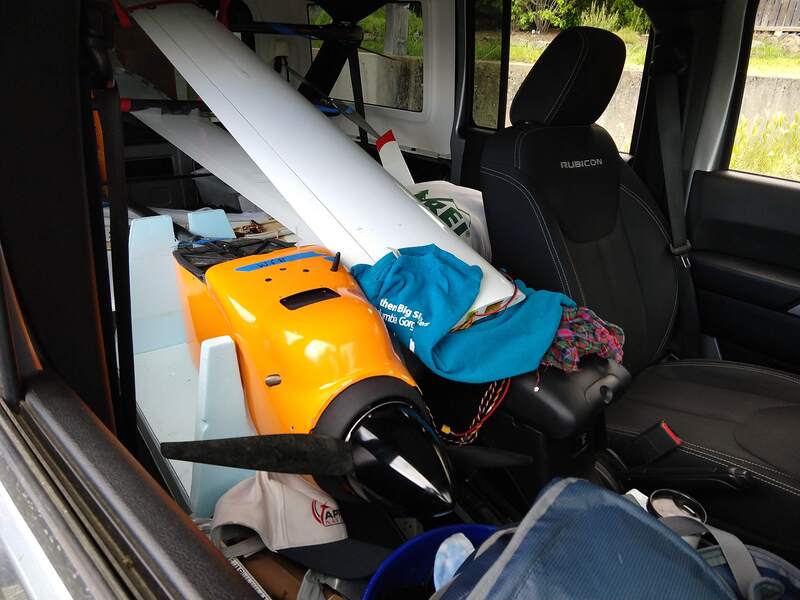
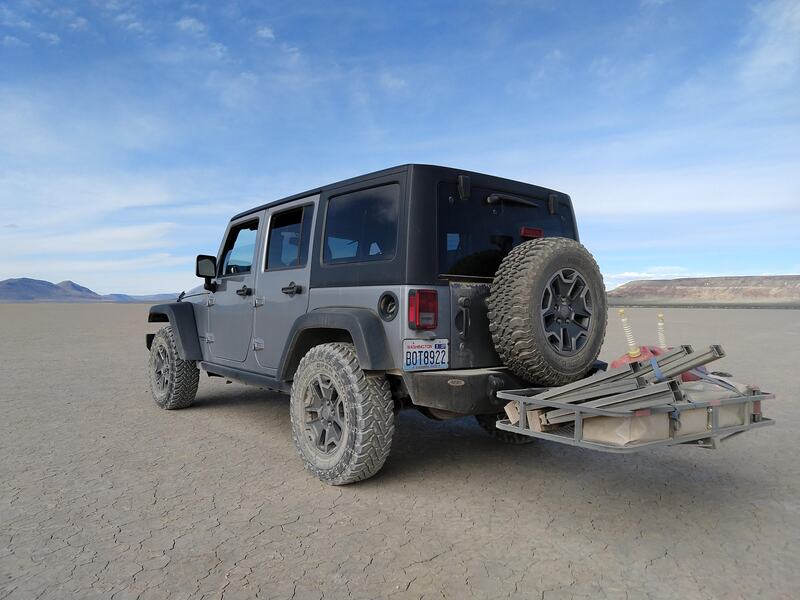
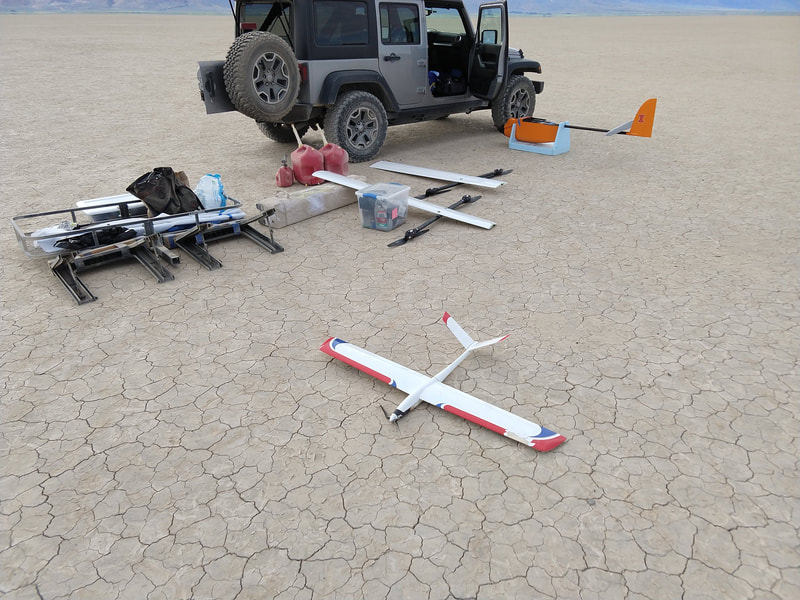
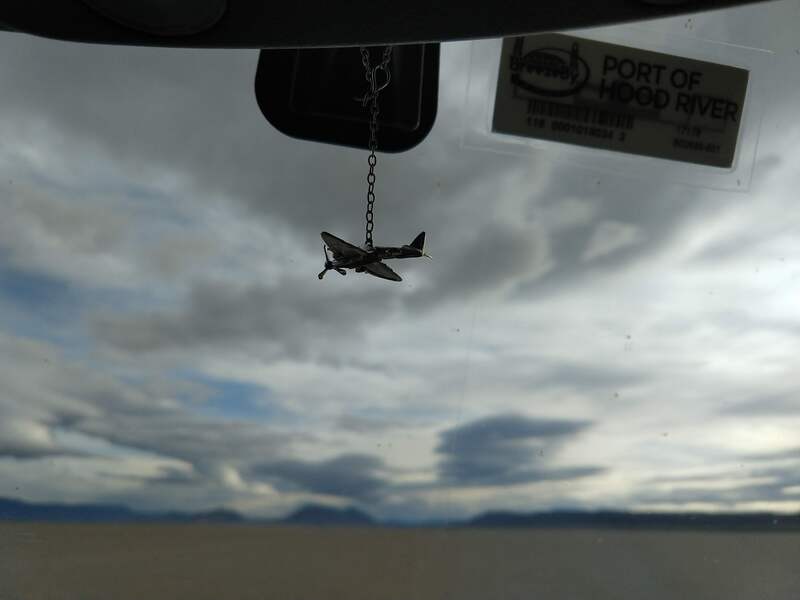
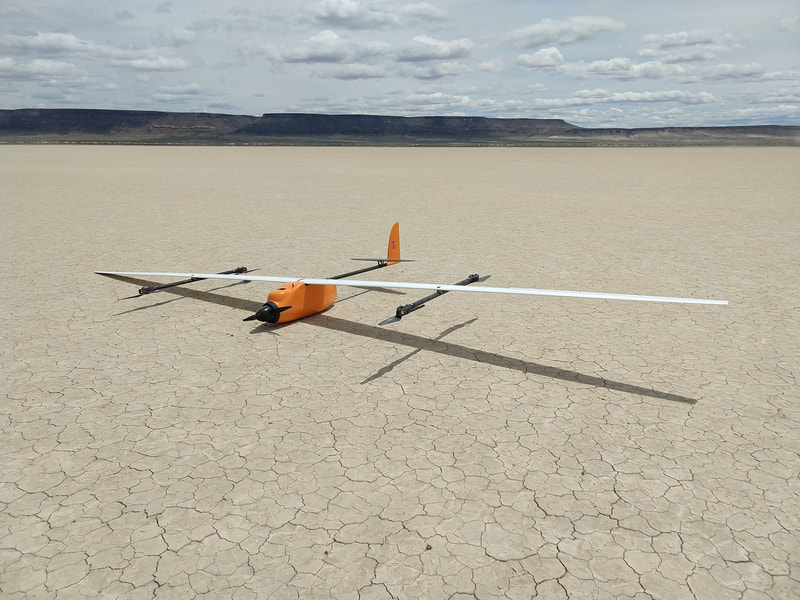
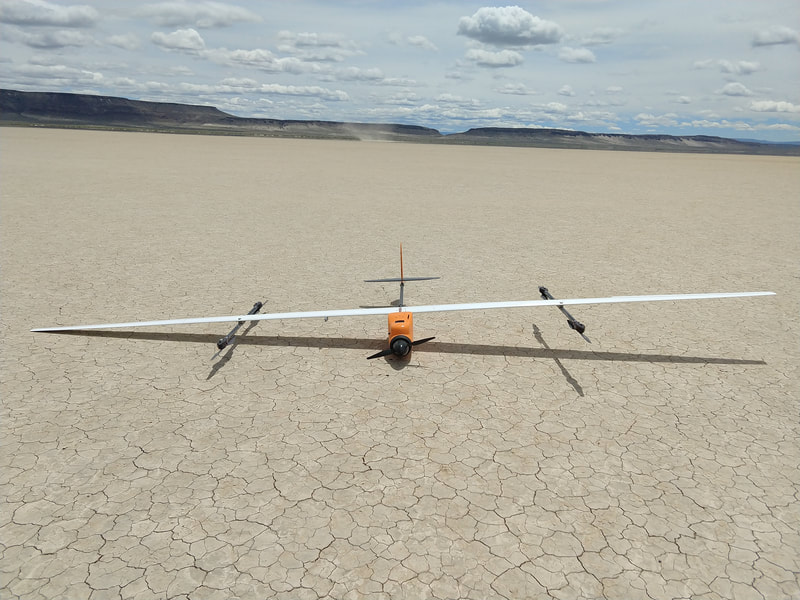
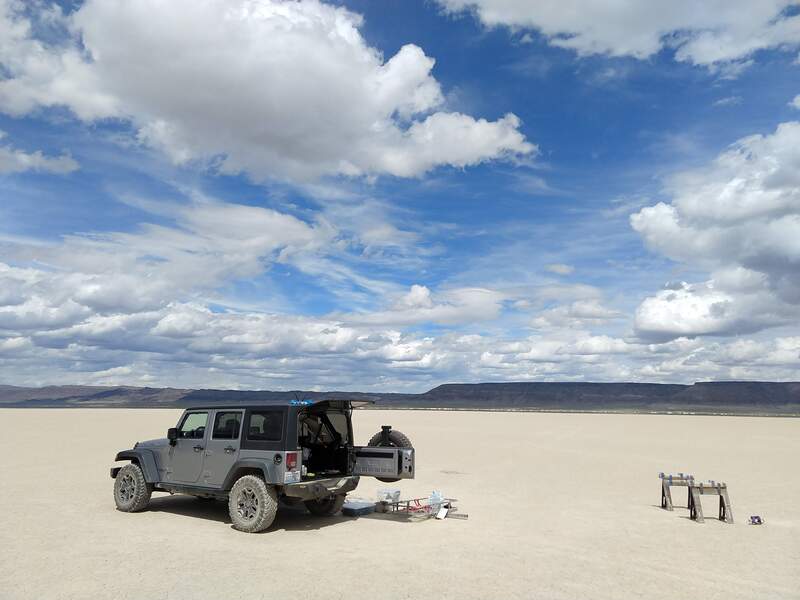
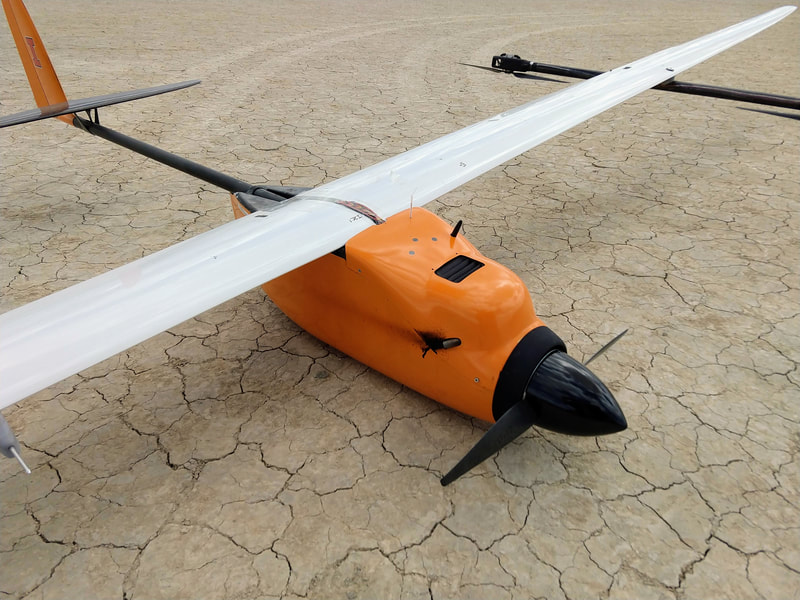
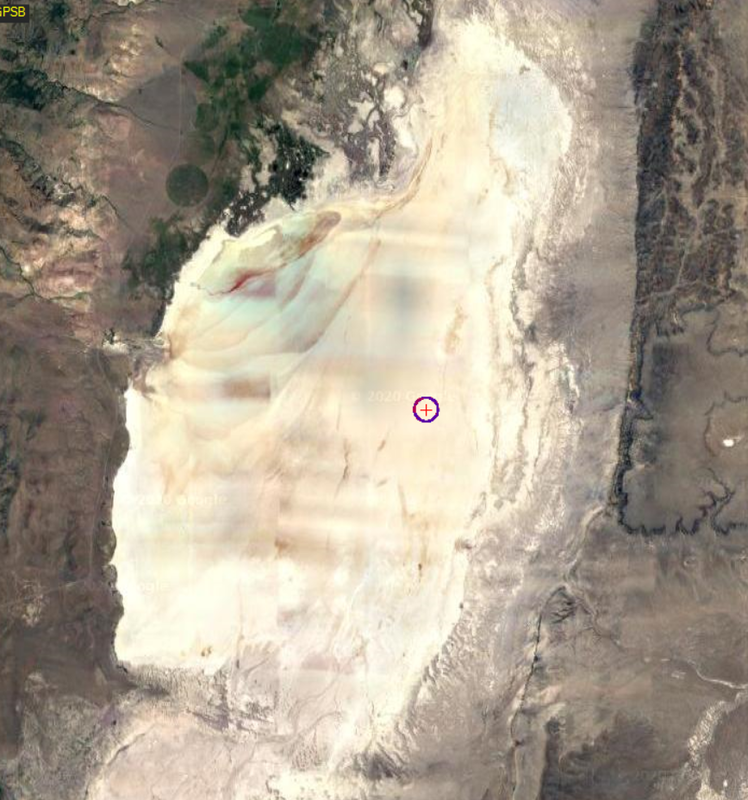
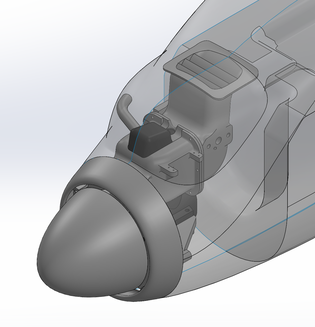
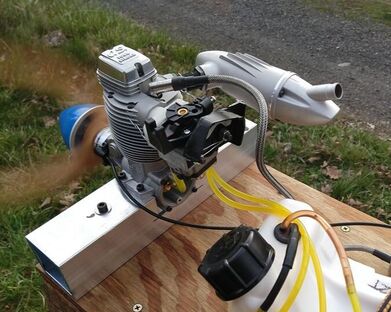
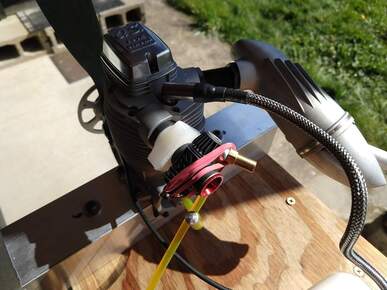
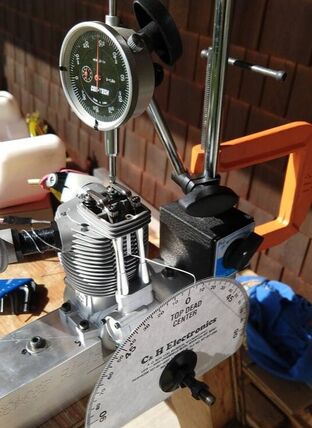
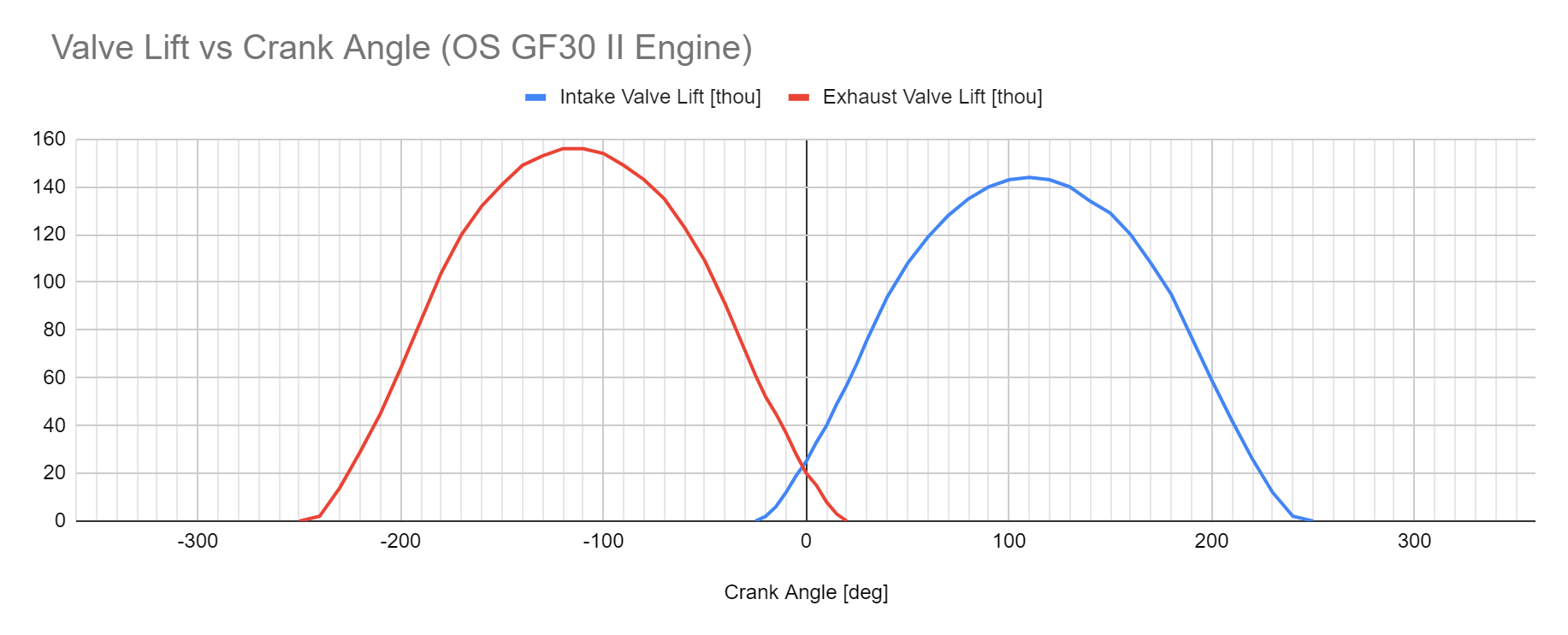
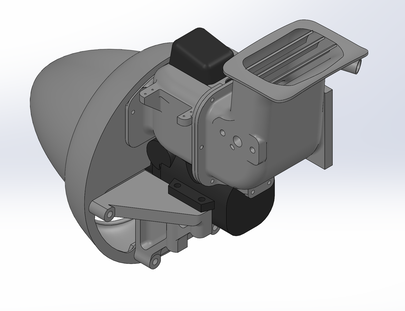
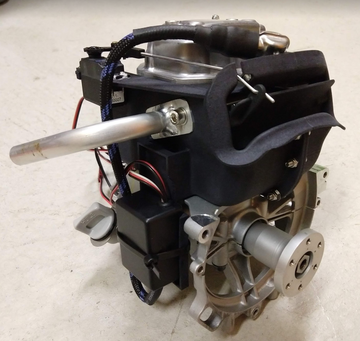
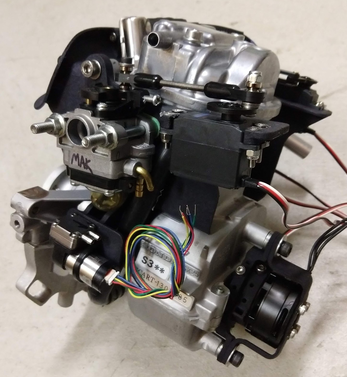
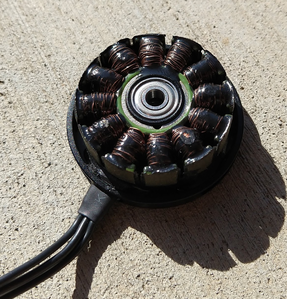
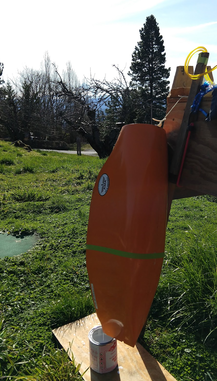
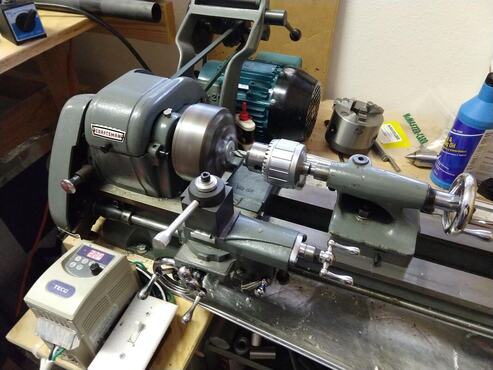

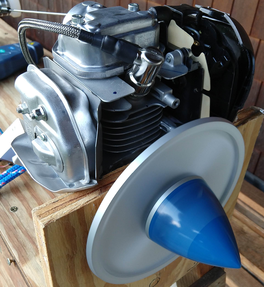
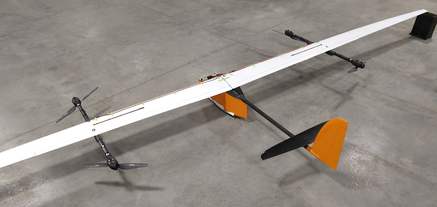
 RSS Feed
RSS Feed
